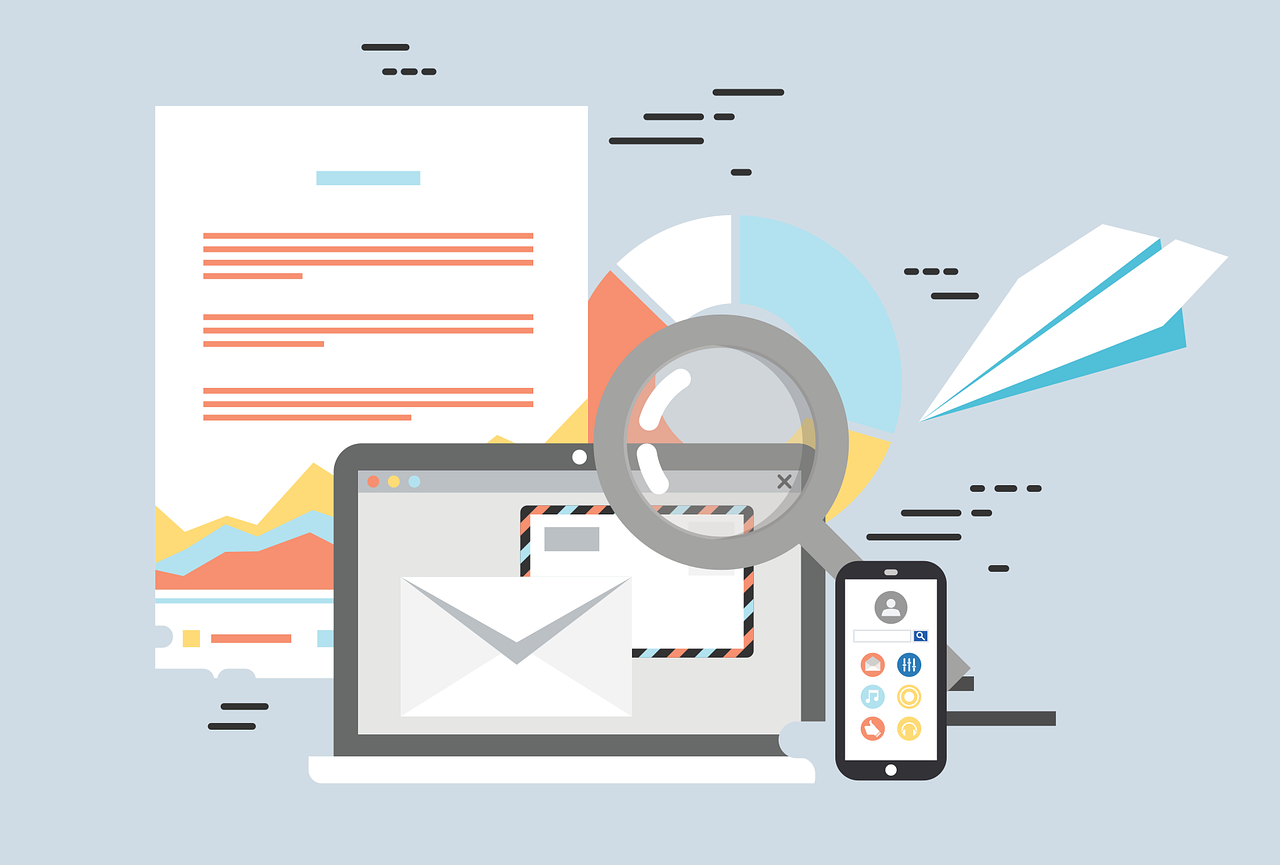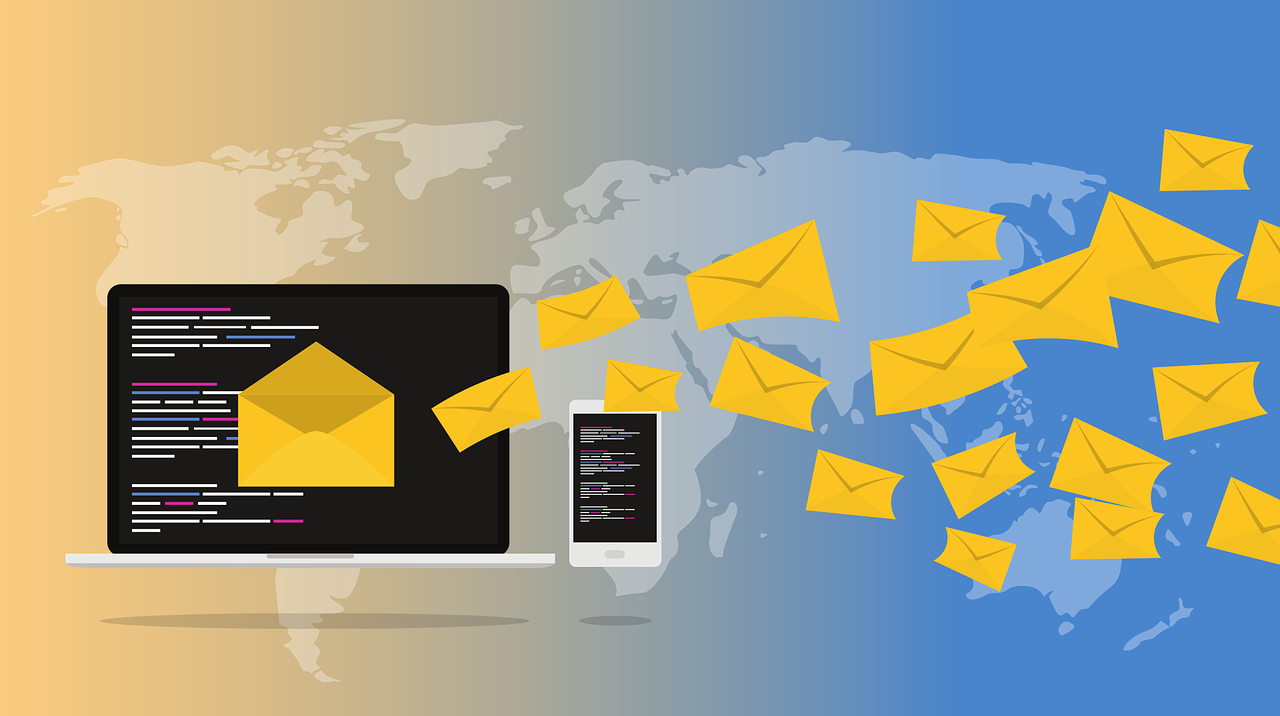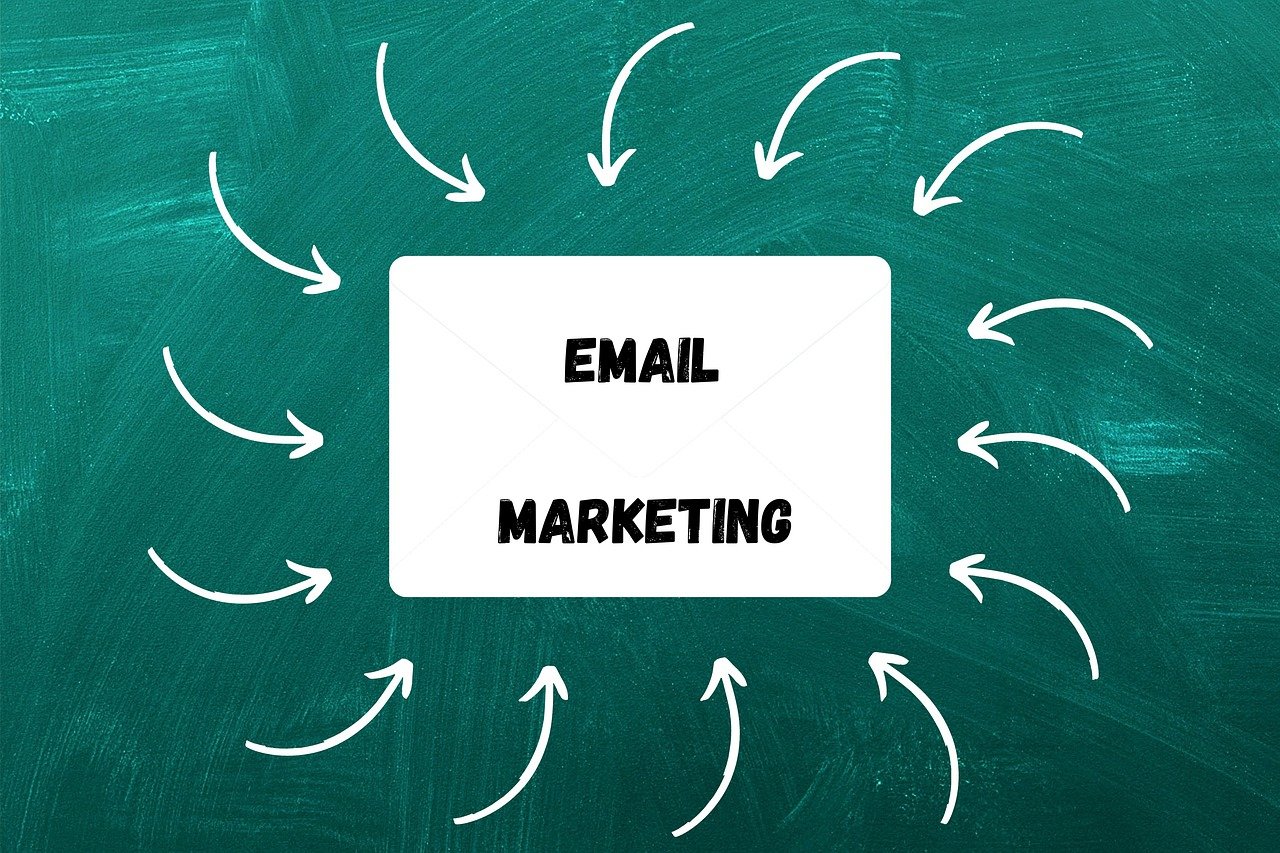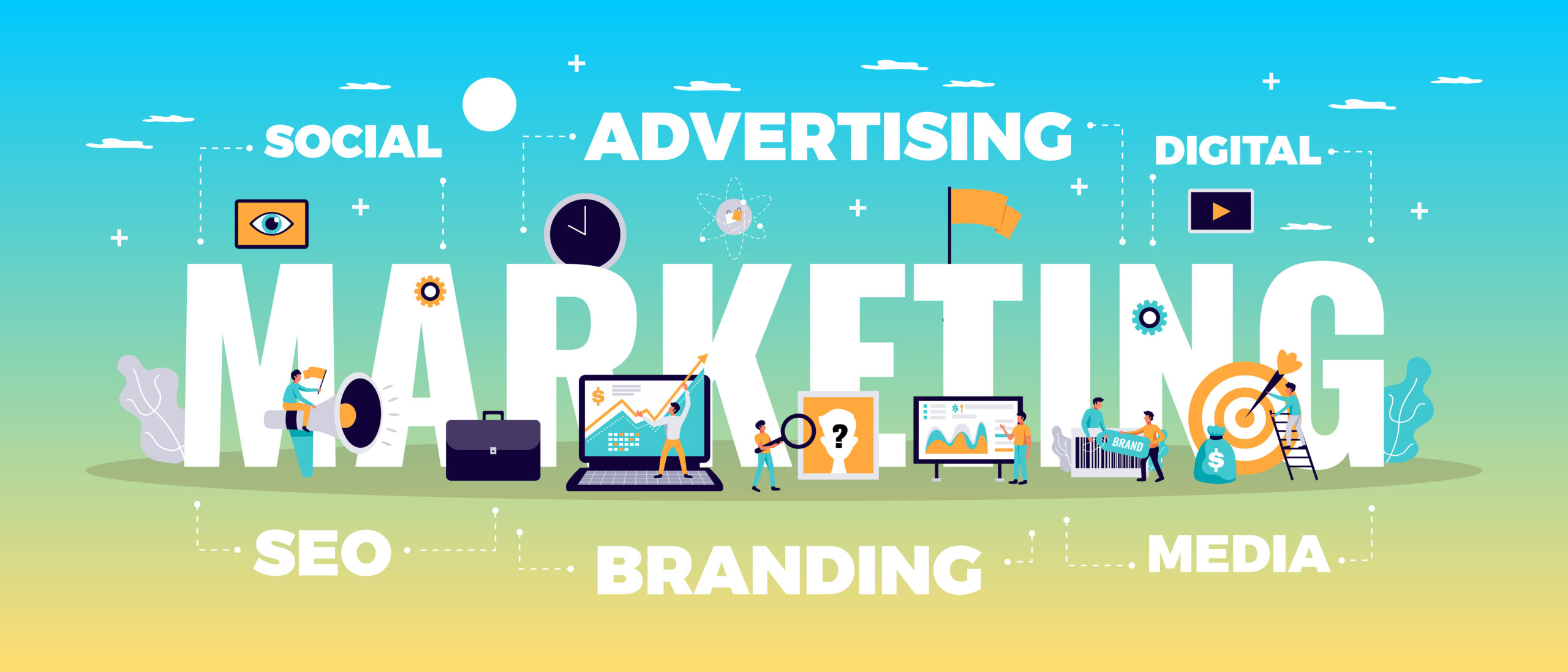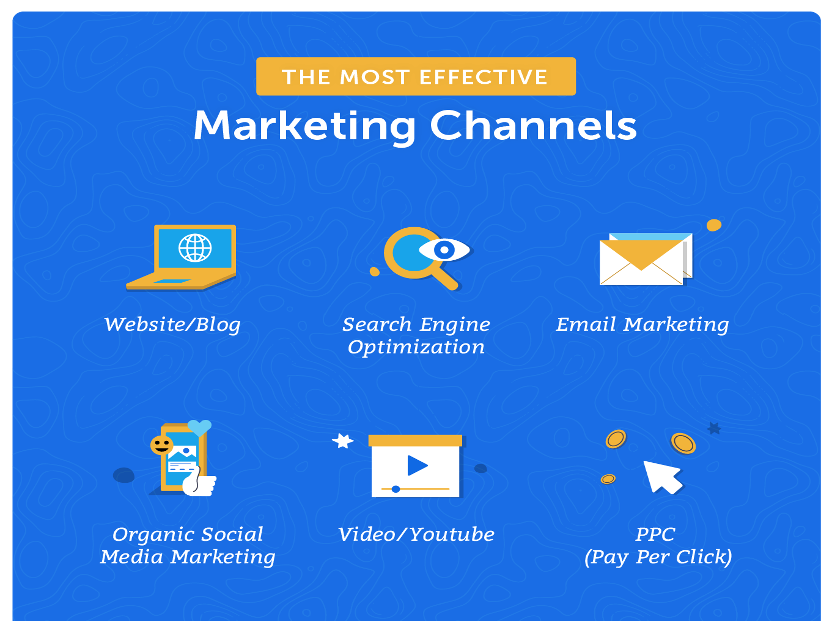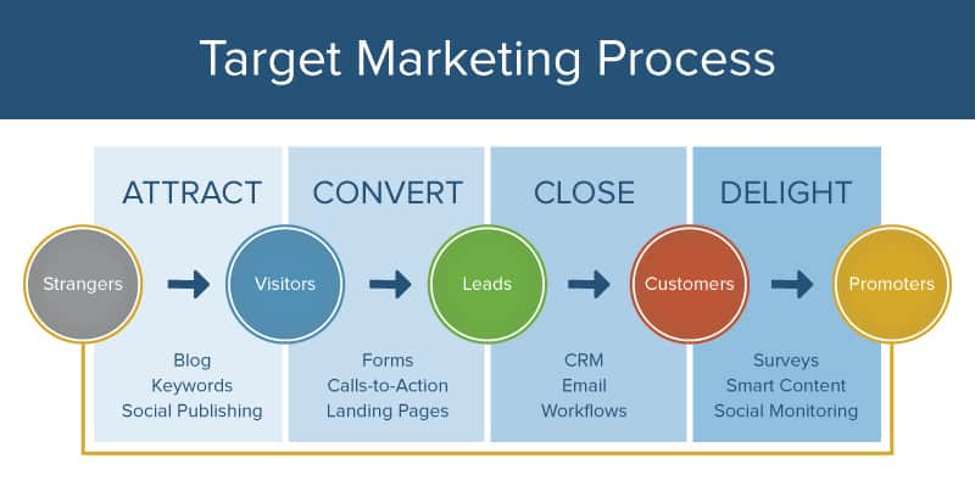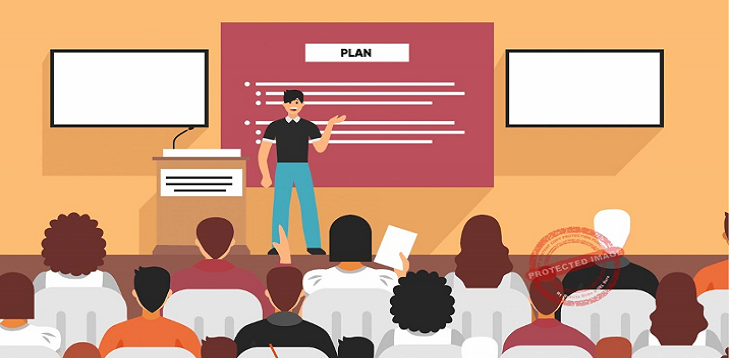Future of Marketing – Trends and Projections

You must be wondering what fresh marketing stats 2024 are and how they prove valuable for your brand marketing. Marketing Stats 2024 is a qualitative set of knowledge that offers you the demographic and other crucial information for instance, you can access the amount of potential consumers in the specific geographical area your business targets. Analyzing and understanding these marketing stats helps you identify your competitors and further stay ahead of the changing marketing trends. With this blog, we will present you with recent marketing facts and statistics and guide how Marketing stats 2024 can help you will all your marketing efforts to make you strong customer connections.
Ever wonder what would future of marketing for your brand would look like?
As of 2024, digitalization has empowered the new technological trends to become the core element of your marketing. Here are a few Marketing Facts 2024 and Fresh Marketing Stats 2024 that drive you into insights into how the technology revolution is changing your marketing efforts:
Personalized Marketing using Artificial Intelligence (AI)
AI algorithms have become a new way of personalized marketing for almost every brand existing in 2024.
- About 90% of marketers in 34+ nations are now using AI automation for more personalized and improved customer interactions
- AI-driven personalized marketing revenue is expected to reach 107 billion dollars by 2028
Optimizing the Voice Search
With the growing popularity of voice search facilities businesses are highly driven to optimize their voice search content and marketing strategies
- As per the recent HubSpot report, over 13% are integrating voice search optimization as their key marketing strategy.
- Around 41% of adults in the US use voice search daily as per the 2023 TechReport research
Interactive Content Strategies
With the rapidly declining attention span of viewers, marketers are interactive content has empowered to stay relevant to their audience
- Over 23% of businesses have adopted interactive content marketing in 2023 as per Forbes
- Statista marketing facts state that AR/VR interactive advertising technologies received over 5 billion dollars in revenue in 2024
Statistics for Digital Marketing in 2024
Digital marketing specifically the content developers usually hates dealing with numbers. Yet is the fact that we should not ignore what marketing stats say about our digital marketing performance. Let’s explore the Statistics for Digital Marketing in 2024 and get a broader idea of how the customer response to marketing strategies like SEO, PPC, and Email marketing are changing over time.

SEO/PPC Statistics
- SEO helps to get over 37% average bounce rate on the websites as per 2024 SEO statistics
- The PPC statistics say that PPC efforts and investments lead to a 200% ROI observed by the brands.
Email Marketing Stats
- As per the recent Email Marketing Stats 2024, Email marketing offers between $36 to $40 per dollar spent.
Content Marketing and Video Marketing Stats
- Every marketer is expected to spend around 10% of their marketing budget on content development and marketing as per the current Content Marketing Stats
- Video Marketing Stats of Facebook found that people are 1.5 times more active on their smart devices for video consumption.
Latest Marketing Stats and Facts
Why is it crucial to stay updated with the latest marketing stats?
The dynamically changing landscape of digital marketing trends is what drives your brand to keep up with these marketing statistics. These latest marketing stats keep you engaged with the industry and transform your marketing strategies accordingly. Data Statistics for 2024 are essential in digital marketing since they contribute greatly to a marketer’s decision-making process. Statistics are critical to marketers as they easily quantify web traffic, conversion rates, and consumers’ interactions with the product. Thus, by pointing to tendencies and regularities, statistics contribute to maximum marketing effectiveness and proper audience addressing. Where to look for Marketing Facts that could enrich your’ digital marketing stats 2024 and remain as consistent as possible with marketing?
Here are the Data Statistics for 2024 that can help you make the best out of your data analytics competencies to reach your target audience effectively:
- The US e-commerce market generated 10% higher revenues in 2022 compared to the previous year 2021.
- Overall e-commerce sales across the US were anticipated to touch a figure of $1,001. 5 billion by 2023.
- A recent survey shows that either 60% of marketers do not know Core Web Vitals or they no nothing about it.
- As per the analysis, 49 percent of businesses stated that they increase their revenue at a faster rate when using videos.
- 86% of consumers state they want brands they are fans of to produce more videos for them to consume.
- 76% of brands recall to have employed marketing automation in the past year only.
- By 2024 the business for AR and VR strategies is expected to be raised to 42% in businesses.
- The mobile messages reach the consumers 35 times more compared to the campaigns in the emails.
- An evaluation of mobile advertising will show that within the year 2024; mobile advertising will contribute to 77 percent of total mobile advertising expenditure.
Digital Advertising Statistics
With the rise of analytics, numbers have started to play a major role in the success of digital marketing approaches. For example, now that marketers know email marketing, on average they get a return of $36 for every $1 invested and they can spend a lot more resources on it. Data Statistics for 2024 offer the much-needed support that marketing strategies need to precisely hit the target audience and their pain points. In this article, we’ll discuss the use of statistics in various digital marketing strategies. However, we need more clarity on what forms of Marketing facts we desire and how they can be used to improve our digital marketing strategies.
These Digital Advertising Statistics distributed in different categories might help us answer these questions:

Digital Advertising Spending
When analyzing Digital Advertising Statistics, we must not miss out on Digital Advertising Spending.
- The Data Journal of the Digital Advertising market published as fresh Marketing stats 2024 shows that Ad spending in this market is expected to hit US$740. 3bn in 2024.
- The greatest market is Search Advertising having a market size of US$306. 7bn in 2024.
- In the global context, the highest level of ad expenditure will be recorded in the USA (US$298bn in 2024).
Digital marketing expenditure means the funds that are used to seek the attention of target consumers to use the products of the intended firms through placing promotional messages on the internet, social media accounts, search engines, e-mails, and websites. Hence, it is obligatory for each business to smartly plan its digital marketing outreach and investments to improve conversion rates and overall ROI in the growing digitized world.
ROI metrics
Are your ROI metrics in place with your digital marketing strategy? Despite making strong efforts in digital marketing a few brands face challenges in getting insight into their marketing ROI. Campaign efficiency and profitability performance indicators in digital marketing include CPA, ROAS, and conversion rates. Digital marketing ROI evaluation helps to identify areas to invest more, improve the tactics that have higher effectiveness, and generate more profits from the money spent online.
- According to a recent survey, the most common method B2B marketers use to evaluate content is conversion at 73% followed by evaluation of engagement via emails(71% ), traffic to the website (71% ), engagement on the company’s website (69% ) and use of social media metrics ( 65% ).
- Standard CPA values differ from industry to industry and also depending on the channel that is being considered; the benchmark of average CPA for pay-per-click (PPC) search is $59 based on the surveys that were conducted across industries. 18, while display (of different forms belonging to all industries)
- ROAS Range: 200 percent up to nearly 4000 percent Description: A hit and twine means that it is moderately efficient.
Digital Advertising Effectiveness
Are the actions taken for digital marketing helpful? The primary usefulness of Marketing Facts 2024 and Marketing Statistics 2024 relates to the evaluation of digital advertising since Fresh Marketing Statistics 2024 gives statistical evidence regarding the effectiveness of a particular campaign and customer tendencies. They point you to CTR, conversions, cost per conversion, ROI, CAC, and other comparable values. Through studying these scores, the marketers can better understand which campaigns and channels provide the highest results, which targeting and messaging strategies to apply, how to distribute the funds and, in such a way, increase the efficiency of the further campaign’s demonstrations and ROI.
Email Marketing Statistics for 2024

E-mail marketing is one of the unique tools that leverage your brand to target the audience that wants what you are offering. Exploring the Marketing Facts for 2024 not only helps you understand the importance of such marketing strategies but also drives you to analyze and decide how to make the best use of your Email marketing efforts. These Email Marketing Facts 2024 can provide your details about the same:
- 45 percent of the marketers surveyed claim that they would prefer not to use social media marketing over email marketing.
- In terms of the percentage of clients who use their email for business/corporate-related purposes, more millennials and Gen X clients use their email most frequently at 98%.
The use of content marketing During the past year, content marketing continued to grow in popularity, importance, and sophistication.
It is, therefore, important to necessarily to know the current ‘Content Marketing Stats and Trends when operating in 2024′. Golden tremors: Sources of insights that are precipitating change in digital marketing strategy in 2024. For 2024, use the same principles but pay more attention to the quality and value that is going to be provided to the readers. Post articles, videos, and infographics that target relevant keywords geared toward SEO. Utilize information on preferences and behavior to effectively share content through the appropriate mediums, ultimately creating meaningful relationships and encouraging brand loyalty. Here are some Marketing Facts 2024 for you to explore and take your marketing actions accordingly:
- As per 2024 Content marketing stats 51% of content marketing success is driven by the organic search that connects with the audience.
- More than 90% of marketers use content marketing as their primary strategy to market their brands in the digital age.
Web Design Stats
Do you think Web Design drives your digital user experience toward your marketing content engagement success?
More specifically, in the context of the present day and age web design as well as user experience keep critical roles in regards to content engagement. Easy site navigation, mobile-first design, and attractive layout improve user satisfaction with a site and the time spent on it. A good UX along with attractive design features affects the probability of retention and conversions positively. The following Web Design Stats will allow you to understand why and how the web design and user interface make your digital marketing efforts valuable: The following Web Design Stats will allow you to understand why and how the web design and user interface make your digital marketing efforts valuable:
- Three-quarters of the people still think that the reliability of a website is dependent on the design.
- 80 Website redesign project starts due to low conversion rates among which are; 8% of people.
Marketing Strategy in 2024: Insights and Recommendations
The Future of Marketing in 2024 highly relies on what data you utilize for your marketing decisions and actions. If you are an entrepreneur, business owner, or marketer, you must be wondering about the specifics of the marketing stats for 2024 and how they can enhance your digital marketing plan. The first step towards achieving great results in social media is to determine the various channels, and other content types that are most effective. How can such knowledge about the audience demography and activity pattern help to make more accurate targeting? Optimize the content that you are presenting to your target audience and appeal to their expectations while spending your money wisely using ROI metrics.
These strategies can be effective for you to make the best use of your Marketing Strategy in 2024:
- Real-Time Strategy Adjustments: Optimize for the marketing facts 2024 for flexible choices. Concentrate on the top performance of all the channels and content types to enable volatility in strategies for best effects.
- Audience Insights: Delve into tons of fine-grained demographic and behavioral insights to design laser-focused ads. Use stats to find what drives your audience most in terms of response and change the message as per it.
- Content Personalization: Make sure that you provide content that will engage the user, you need to know what he or she wants and make sure that the content that you put out is interesting. Buff up content types and themes that offer the higher possibility of occupying the people and stimulating the shares.
- Smart Budgeting: Assure that your ad investments are justified by using ROI KPIs such as ROAS and CPA. This approach calls for a shift of focus from funds for funding or funding-oriented campaigns and organizational platforms and moves to a funding-efficacy standpoint where every dollar predicated on the funding-quota donation is given the utmost consideration.
- Trend Tracking: Be in the vanguard of competitor analysis with the help of selected industry statistics. To avoid stagnation, there is a necessity to look for trends and to dominate in these trends to remain competitive.
Conclusion
Entering the year 2024, it is crucial to remain up to date with new marketing stats while going through the unpredictable territory of marketing. Traditional advertising: new directions for the future of the marketing industry? These Marketing Stats 2024 will shed light on the emerging trends of modern marketing, and detailed information on digital promoting, email marketing stats and strategies, content, as well as SEO/PPC statistics. These kinds of insights not only help in decision-making for strategic executions but also help marketers manage their campaigns proficiently.
By adopting these technological aspects as well as changes in customers’ behavior discerned in these statistics, entrepreneurship remains relevant and adaptive. On this note, let us sustain such adjustments as well as apply such insights in a quest for success in the dynamic terrain of marketing.
FAQs
Q 1: How could fresh marketing stats for 2024 be useful for businesses?
The marketing stats 2024 help in providing the current information about consumer behavior, trends, and the overall effectiveness of the market strategies related to digital marketing at a particular point of the market growth which is 2024 in this context. Business owners must become acquainted with such marketing statistics so they can ensure that they make the right decisions when it comes to marketing endeavors for business growth, strategic budgeting of resources, and the right positioning within the current and constantly changing market trends.
Q 2: What can I do with new marketing stats for the enhancement of my digital advertising?
Make use of up-to-date digital advertising figures for making adjustments to the targeting criteria; control the distribution of the advertising budget according to ROI indicators; try new ad formats or sites which had proven themselves good. These stats also include baseline figures by which the effectiveness of campaigns can be gauged and inform consumers’ preferences and active participation rates
Q 3: What can be pointed out about the current content marketing and video marketing stats 2024?
The analysis of the content marketing trends in 2024 also reveals the focus on personalization and interaction and video marketing effectiveness, as well as, the significance of the increase of the share of Search Engine Optimization content to achieve the results in presence. Knowledge of these trends can help content-creating strategies to be more appealing to target populations, and consequently improve the results of engagements and conversion rates.
Q 4: How would email marketing stats for the year 2024 be useful to me in developing my email campaign?
Email marketing statistics for 2024 may help guide your campaign by offering current industry benchmarks for open rates, click-through rates, and conversion rates, allowing you to set achievable targets. They indicate popular tactics and content kinds that appeal to audiences. They also indicate appropriate transmit timings and frequency, which improves campaign timing and consistency. Finally, they provide data into device usage, ensuring that your emails are customized for the most popular platforms.

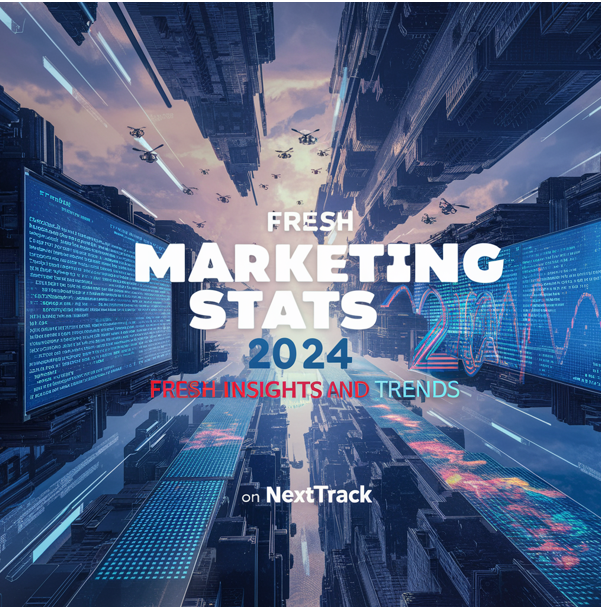



 7. GDPR Compliance: Prioritizing Data Privacy
7. GDPR Compliance: Prioritizing Data Privacy

